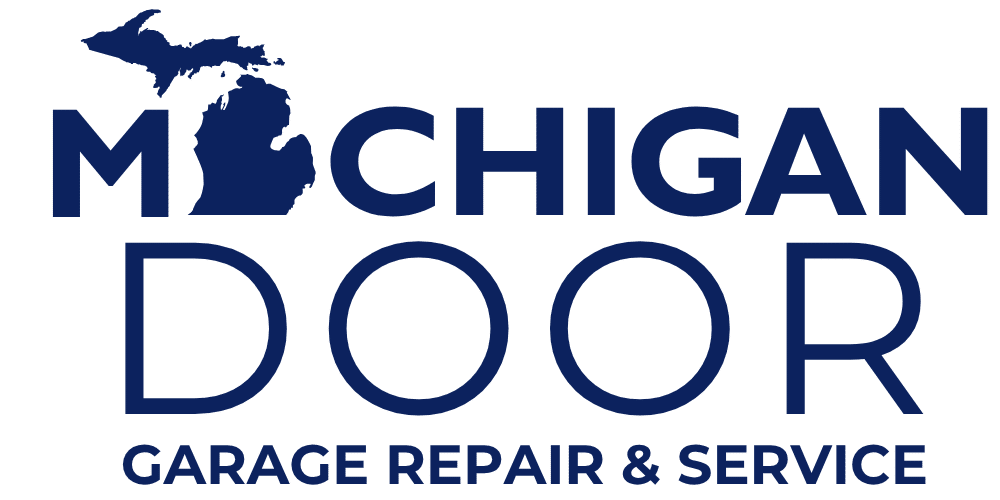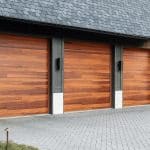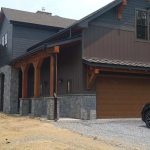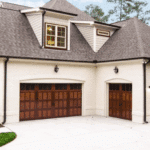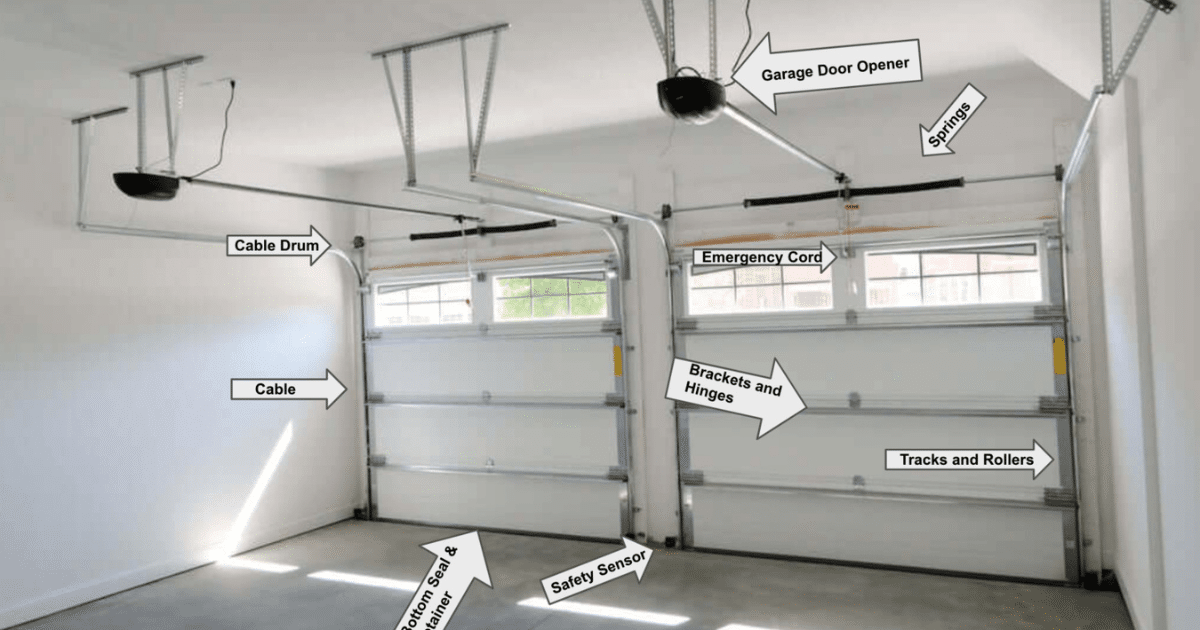Understanding the essential parts of a garage door system can help you spot problems early, maintain performance, and extend your garage door’s lifespan.
Your garage door system is more than just a door and a motor. It consists of several working parts that operate together to ensure the door opens and closes smoothly and safely. Whether you’re dealing with a malfunction or simply want to understand how your system works, knowing the core components is a smart first step.
When something goes wrong, the issue often lies within a specific part of the system. Being familiar with the parts of a garage door system allows you to identify and report issues accurately to a technician, saving you time and money on diagnostics. It also helps with regular maintenance and inspections.

This guide will break down each of the main parts of a garage door system, explain how they function, and detail why they matter to your garage’s operation and your home’s safety.
Key Components of a Garage Door System Explained
A garage door system is made up of several key components that work together to ensure safe, smooth, and reliable operation. Below is an organized overview of these essential parts, grouped by function and importance.
1. Structural Components
Door Panels and Sections
- Function: Forms the main body of the garage door.
- Materials: Commonly made of steel, aluminum, wood, or composites.
- Features:
- Provide insulation and security.
- Connected by hinges to allow flexibility when opening and closing.
- Condition affects energy efficiency and curb appeal.
- Provide insulation and security.
- Maintenance Tips: Inspect for dents, rust, or rot, especially in wood panels.
Hinges and Brackets
- Function: Connect door panels and secure hardware to the garage frame.
- Details:
- Hinges allow sections to pivot as the door moves along the track.
- Brackets hold the tracks, springs, and other components in place.
- Hinges allow sections to pivot as the door moves along the track.
- Maintenance Tips: Check regularly for rust, loose bolts, or metal fatigue.
2. Motion and Guidance System
Tracks
- Function: Guide the garage door as it moves up and down.
- Location: Mounted vertically on either side and extending horizontally along the ceiling.
- Maintenance Tips: Ensure tracks are clean, aligned, and free of obstructions or bends.
Rollers
- Function: Enable smooth movement of the door within the tracks.
- Materials: Typically nylon or steel.
- Common Issues: Worn or damaged rollers can cause noise, jerky motion, or derailment.
- Maintenance Tips: Lubricate regularly and replace when worn.
3. Counterbalance Mechanism
Springs (Torsion and Extension)
- Function: Bear the door’s weight and assist in lifting and lowering.
- Types:
- Torsion Springs: Mounted above the door, use torque to lift.
- Extension Springs: Located on either side, they stretch and contract during movement.
- Torsion Springs: Mounted above the door, use torque to lift.
- Safety Warning: Springs are under high tension and can cause injury—only professionals should perform repairs or replacements.
- Common Issues: Broken or unbalanced springs can prevent proper operation or pose safety risks.
The Motor and Electric Components
Garage Door Opener Unit
The garage door opener is the central powerhouse of your garage door system, responsible for the mechanical lifting and lowering of the door. It consists of an electric motor and various internal gears that drive the movement of the door along its tracks. Modern opener units typically include smart technology, such as Wi-Fi connectivity, allowing users to monitor and control their garage doors remotely via smartphone apps. Many models also come equipped with LED lighting, motion detection, and programmable settings for added convenience.
Advanced safety features and battery backup systems ensure operation even during power outages. Because the opener is a complex piece of machinery, it requires regular maintenance to ensure proper alignment, smooth operation, and long-term reliability. Failure to maintain this unit can lead to loud operation, erratic movement, or complete breakdowns.
Safety Sensors and Auto-Reverse Mechanism
Positioned on either side of the garage door frame, near the ground, safety sensors use infrared beams to detect obstructions in the path of the closing door. If anything—such as a child, pet, or object—interrupts the beam, the system immediately halts the door’s motion and triggers it to reverse direction. This auto-reverse mechanism is a crucial safety feature mandated in many areas. However, these sensors are sensitive and may fall out of alignment, become blocked by debris, or simply fail due to electrical issues.
Regular inspection, cleaning, and occasional calibration are essential to keep them functioning correctly. When malfunctioning, the door may refuse to close or reverse unexpectedly, posing both a safety hazard and an inconvenience.
Remote Control and Wall Switch
The remote control and wall-mounted switch provide the primary user interfaces for operating your garage door. Remotes typically use radio frequency (RF) signals to communicate with the opener unit, allowing you to open or close the door from your vehicle or nearby. Wall switches offer a direct, wired connection, often installed just inside the garage for convenient access. When these controls fail, the problem may lie in something as simple as depleted batteries or as complex as a malfunctioning logic board or broken wiring.
Interference from other electronic devices can also disrupt signal transmission. Diagnosing these issues may require replacing batteries, reprogramming remotes, checking for electrical continuity, or inspecting the receiver unit on the opener.
Hardware and Small Parts That Matter
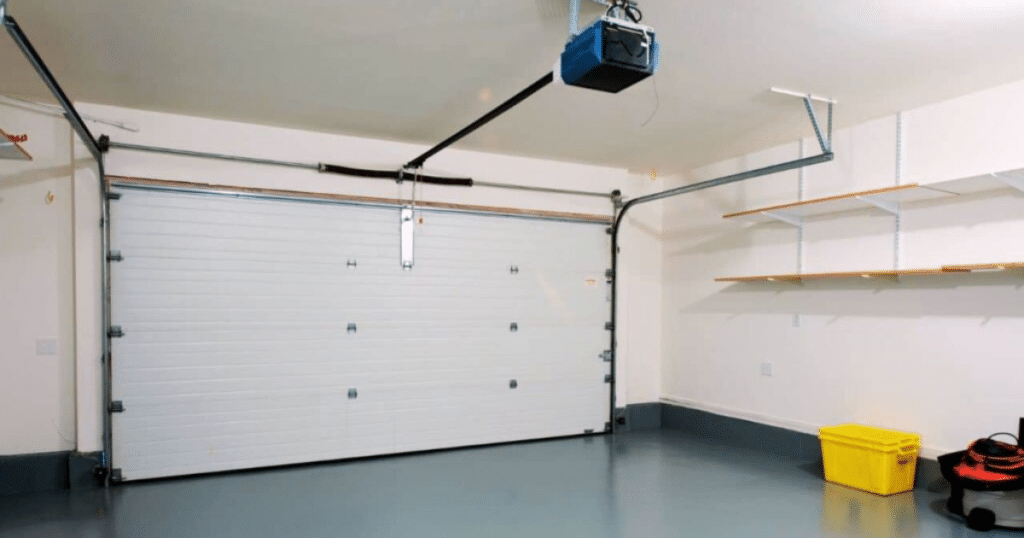
Cables and Pulleys
Cables work with the springs to lift the door. Fraying or snapping cables can cause a sudden, dangerous failure. Pulleys help evenly distribute the door’s weight, especially in extension spring systems.
Weather Seals and Bottom Seal
These parts provide insulation and keep debris, pests, and moisture out of your garage. They’re easy to overlook but play a big role in maintaining a controlled environment.
Garage Door Bearings
Bearings help reduce friction in the system, especially at the spring bar and pulley ends. Worn bearings can result in uneven movement or grinding noises.
Why Understanding These Parts Matters
Helps Identify Issues Early
When you know the basic functions of the parts of a garage door system, you’re better equipped to spot unusual noises, misalignments, or performance issues before they lead to a breakdown.
Saves Money on Repairs
Early detection means minor fixes instead of full replacements. It also allows for better communication with your garage door technician, which leads to more accurate diagnostics and efficient service.
Improves Safety and Longevity
A well-maintained garage door system lasts longer and operates safely. Recognizing when springs or sensors need attention can prevent accidents and extend the life of your door.
Frequently Asked Questions
What are the garage door parts?
Garage door parts include panels, springs (torsion or extension), tracks, rollers, hinges, and cables. Other components are the opener system, safety sensors, and weather seals. All of these work together to ensure the door opens and closes smoothly and safely.
What is the part called that opens the garage door?
The part that opens the garage door is called the garage door opener. It includes a motor and drive system (chain, belt, or screw) that lifts or lowers the door. It is controlled by remotes, wall switches, or smart home devices.
What are garage door sections?
Garage door sections are the horizontal panels that make up the body of the door. They are connected by hinges and allow the door to bend as it moves along the curved tracks. Most residential garage doors have 3 to 5 sections.
What is included in a garage door?
A complete garage door system includes door panels, springs, tracks, rollers, hinges, cables, and weather seals. It may also include an automatic opener and safety features like sensors. Together, these parts ensure the door functions safely and efficiently.
What is the bottom part of the garage door called?
The bottom part of the garage door is called the bottom section or bottom panel. It often includes a bottom seal or astragal to prevent water, dirt, and pests from entering. This section may also have brackets for attaching lifting cables.
Conclusion
Understanding the key parts of a garage door system helps you stay informed about how your door operates and what to look for when something appears to be off. From large components like springs and tracks to smaller details like sensors and seals, each element plays a vital role in functionality and safety.
A well-maintained system not only extends the life of your garage door but also protects your property and keeps your family safe. Regular inspections, timely repairs, and using quality components are non-negotiable.
If you’re experiencing issues with your garage door or suspect a worn part, Michigan Door is here to help. Our experienced team can provide fast, accurate service to get your door back to working condition.
End NOTE
Michigan Door gives you the best value for your investment. Our torsion springs deliver long-lasting, reliable performance you can count on. Our team of highly trained, professional technicians is ready to safely and efficiently address any issues with broken garage door springs. We get the job done right, so you can get back to your day with confidence.
When you need expert attention, our full range of garage door services covers everything from off-track repairs to fixing worn garage door rollers and cables. We also service and install garage remote controls for added convenience.
We proudly serve North Michigan and Southeast Michigan. As your local garage door repair specialists, we invite you to explore our blog or contact us directly. You can also connect with us on Facebook, Instagram, Pinterest, Yelp, and HomeAdvisor.
Michigan Door
444 W Maple Rd # B, Troy, MI 48084, United States
+12482734800
